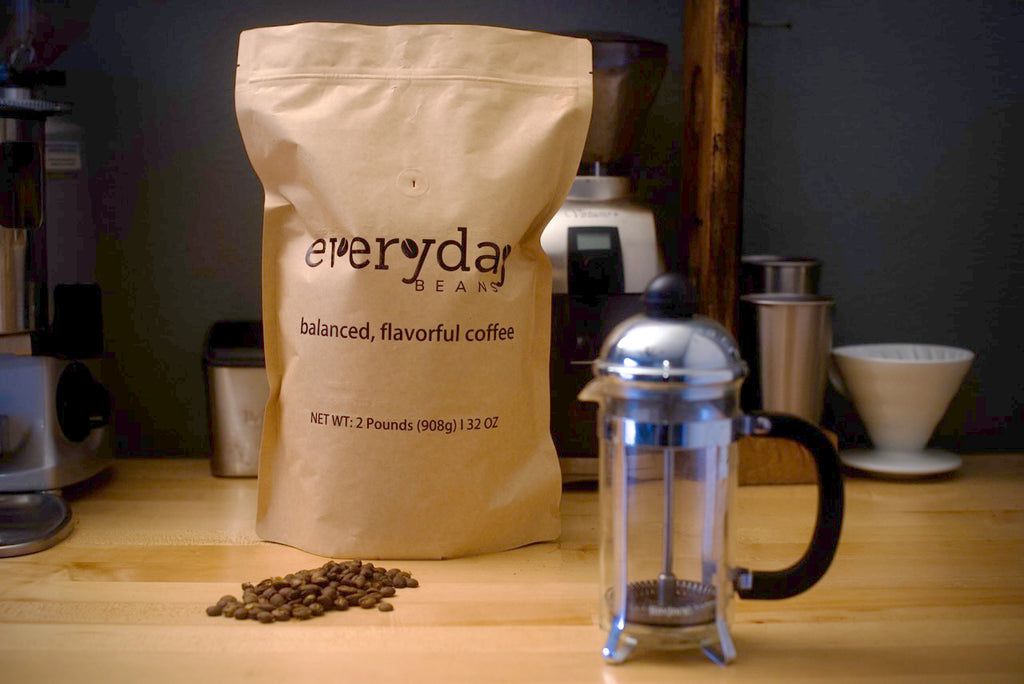The Light Side of Coffee: A Roaster's Journey Through Light Roasts

As a coffee roaster, I've had the privilege of exploring the vast and intricate world of coffee. One particular aspect that has always intrigued me is the phenomenon of light roast coffee. It's a style that has gained immense popularity in recent years, praised for its ability to showcase the unique characteristics of coffee beans. But as I've journeyed deeper into the world of light roasts, I've found myself questioning its appeal and pondering its place in the coffee landscape.
Light roast coffee is often described as bright, acidic, and full of complex flavors. Proponents argue that it allows the true essence of the coffee bean to shine through, unmasked by the caramelization and darker flavors that come with longer roasting times. It's a compelling argument, and one that initially drew me in.
I remember my first experiences with light roast coffee vividly. The excitement of tasting something new, the thrill of detecting subtle flavor notes that I hadn't experienced before. It felt like I was unlocking a hidden dimension of coffee. But as time went on, and I delved deeper into roasting and tasting, my perspective began to shift.
One of the biggest challenges I've encountered with light roast coffee is consistency. As a roaster, achieving a perfect light roast is a delicate balance. Push it too far, and you lose the delicate flavors you're trying to preserve. Pull back too soon, and you're left with underdeveloped, grassy notes. This balancing act is further complicated by the fact that coffee beans continue to change even after roasting, meaning that the same batch can taste different from one week to the next.
Moreover, I've found that the flavor profile of light roasts can be somewhat one-dimensional. While it's true that you can often detect more subtle notes, these can sometimes come at the expense of body and depth. Many light roasts I've tasted have a certain "sameness" to them - a vegetal, grassy quality that, while not unpleasant, doesn't always make for an exciting cup of coffee.
It's important to note that taste is subjective, and what doesn't appeal to me might be someone else's perfect cup. The beauty of coffee is its diversity, and there's certainly room for all roast levels. However, I believe it's crucial for coffee lovers to approach light roasts (and all coffees) with an open mind and a critical palate.
One aspect of light roast coffee that often goes undiscussed is its variability. Even when sourced from the same farm and roasted by the same person, coffee can taste different from batch to batch. Factors like storage conditions, age of the beans, and even atmospheric pressure during roasting can all affect the final taste. This variability can be particularly pronounced in light roasts, where small changes can have big impacts on flavor.
So, where does this leave us with light roast coffee? While I may not reach for it as often as I used to, I still believe it has its place. For those who enjoy its unique characteristics, light roast can offer a fascinating taste experience. It can be particularly interesting in espresso applications, where a slightly longer shot can help balance out some of the more intense flavors.
Ultimately, the key to enjoying coffee - light roast or otherwise - is to trust your own palate. Don't feel pressured to like something just because it's trendy or highly regarded. Experiment with different roasts, brewing methods, and origins. Take the time to really taste your coffee and think about what you're experiencing.
As a roaster, my journey with light roast coffee has been one of continuous learning and evolving tastes. It's reminded me of the importance of keeping an open mind while also trusting my own experiences. Whether you're a devoted light roast fan or a dark roast devotee, I encourage you to approach each cup with curiosity and mindfulness. After all, the world of coffee is vast and varied - there's always something new to discover.

Leave a comment